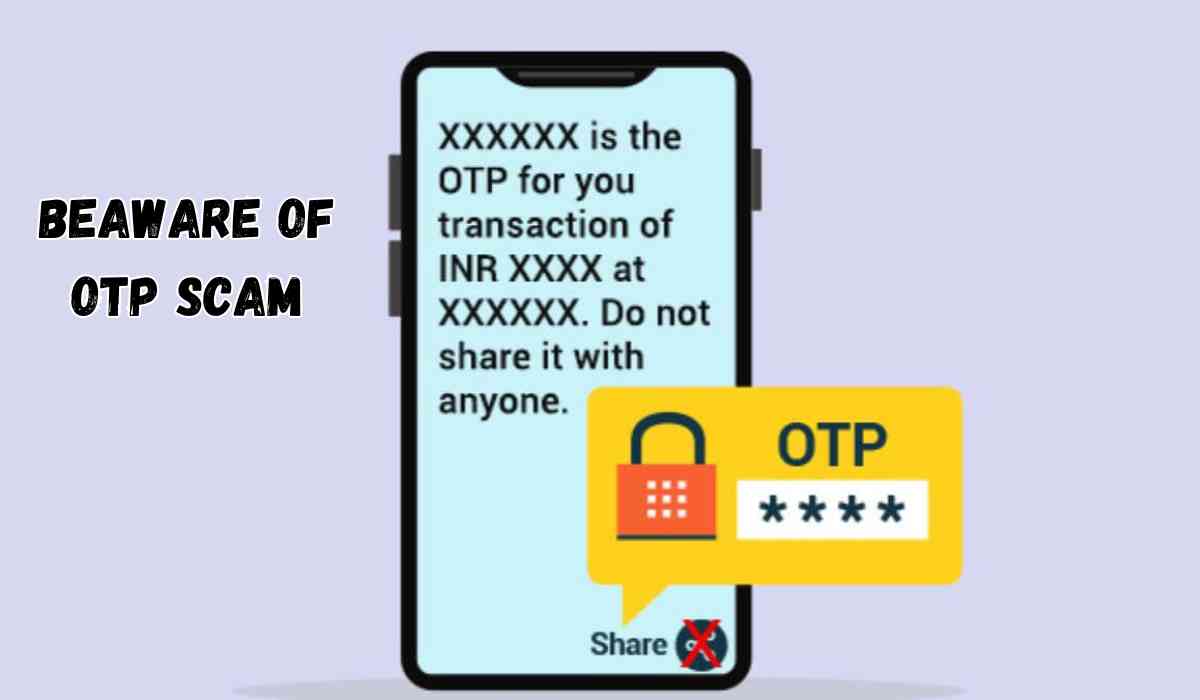Cybercriminals are constantly evolving their strategies to steal money from unsuspecting individuals. Recent reports show that scammers no longer require an OTP or ATM PIN to access victims' bank accounts. Instead, they employ new tactics involving deceptive messages and links that seem to be from trusted banking sources. When victims click on these links, their money is stolen directly from their accounts, bypassing the need for OTP authentication.

How Cybercriminals Exploit Personal Data
Scammers are increasingly using personal data to target victims. They often gather phone numbers from sources where individuals have shared their contact details. With this information, fraudsters send messages that appear to be related to recent transactions or purchases. If the recipient clicks on the embedded link, the scammer gains immediate access to their account, and funds are stolen without any further validation.
Steps to Protect Yourself from Bank Account Hacking
To avoid falling victim to these scams, it is essential to remain cautious and vigilant. Here are key steps you can take to safeguard your personal and financial information:
-
Beware of unsolicited calls and messages: Always be cautious of messages or calls from unknown sources, especially those requesting sensitive information.
-
Do not share sensitive data: Avoid disclosing any personal information, especially your bank account details, with unknown contacts.
-
Refrain from clicking on suspicious links: If you receive a message offering vouchers, discounts, or cash prizes, do not click on any links. These could lead to malicious websites.
-
Install apps only from verified sources: Avoid downloading apps from untrusted sources, as these may contain malware that can give hackers access to your phone’s camera, gallery, or other sensitive data used for KYC (Know Your Customer) verification.
-
Verify unusual calls: If you receive an unfamiliar call, especially one asking for personal information or money, always verify the caller's identity through official channels before taking any action.
Additional Scams to Be Aware of
Besides phishing links, cybercriminals are using more advanced tactics to steal personal information and money. Some of these include:
-
Call Merging Scam
-
Call Forwarding
-
Voicemail Scams
-
QR Code Fraud
-
Screen Sharing Scams
How the Call Merging Scam Works
One of the newer scams gaining traction is the call merging scam. Here’s how it works:
-
The fraudster calls a target—often a media professional—and pretends to be a known contact, inviting them to an event.
-
At the same time, the victim receives a second call from an unfamiliar number. The fraudster claims that this second call is from a VIP and asks the victim to merge the two calls.
-
Once the calls are merged, the fraudster listens in and may capture OTPs sent by banks or apps like WhatsApp and Facebook. This enables the scammer to access accounts and steal money.
APK and RAT Malware Scams
Another significant threat comes in the form of APK (Android Application Package) and RAT (Remote Access Trojans) malware. Cybercriminals use these tools to remotely control a victim's device without their knowledge.
-
How APK and RAT Scams Work: When a victim installs a malicious app (often disguised as a legitimate application), the scammer gains access to the device. The app could be delivered through a seemingly trustworthy link, often via SMS or email. Once installed, the malware allows the scammer to control the victim's device, monitor their actions, and steal sensitive information.
-
Case Example: On May 21, a senior officer from the Hassan sub-division DySP reportedly lost Rs 15.98 lakh after installing an app from a nationalized bank. The link he received via text message contained an APK or RAT file that enabled hackers to access his phone and steal money from his account.
Stay Alert to Protect Your Bank Account
As cybercriminals continue to refine their methods, staying vigilant and practicing good security habits is crucial. Always be cautious of unsolicited communications, avoid clicking on suspicious links, and keep your devices secure by installing apps only from trusted sources. By staying informed and following these safety measures, you can significantly reduce the risk of falling victim to these increasingly sophisticated scams.
With inputs from agencies
Image Source: Multiple agencies
© Copyright 2024. All Rights Reserved Powered by Vygr Media.























